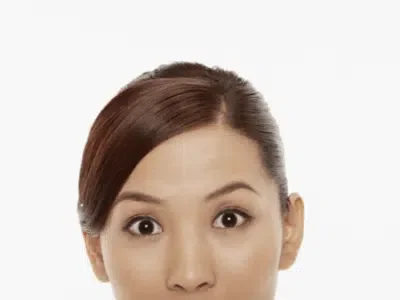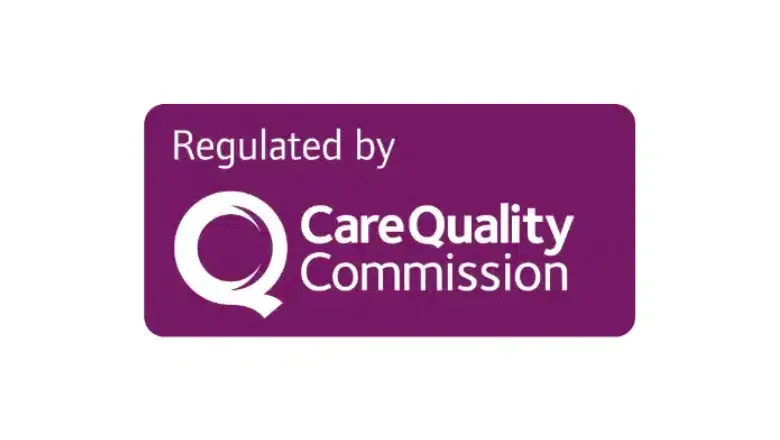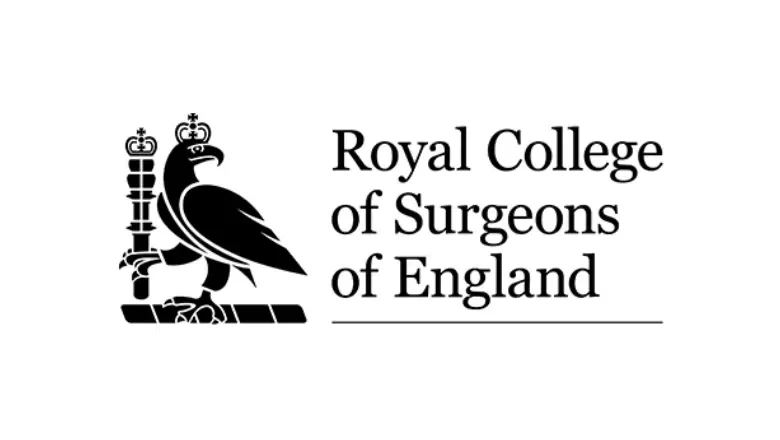Lumps and bumps on the eyelids are not uncommon in the UK and include a wide variety of harmless skin lesions, including warts, xanthelasma, intradermal naevi, moles and skin tags. Potentially dangerous conditions can also affect the eyelids, including certain types of skin cancer, including basal cell carcinoma or BCC. These conditions can affect the upper or lower eyelids. The key to obtaining successful outcomes is to achieve an early and precise diagnosis followed by effective treatment carried out by an expert eyelid surgeon.
If you have been considering cosmetic eyelid surgery, your surgeon will carefully examine your eyelids to make sure you do not have any eyelid lumps that could affect the results of your blepharoplasty procedure.
RELATED: What Causes Lumps After Blepharoplasty?
Here at Centre for Surgery in London, our surgeons focus on obtaining an accurate diagnosis before proceeding with eyelid surgery to remove a lump on the eyelid using a combination of surgical removal and a tissue biopsy, which is sent for laboratory analysis.
How does a lump on the eyelid appear?
There is a wide range of different types of eyelid lumps which may develop, including:
- Meibomian cysts, also known as chalazion, often appear as a well-defined hard lump that does not cause pain or discomfort.
- Stye – these are often related to infection of the underlying hair follicles and are often painful and tender due to the buildup of pus and may have associated swelling and redness.
- Shingles often appear as small herpetic vesicles that contain a clear fluid in the periocular area. They may be painful and may exhibit crusting.
- Xanthelasma – these are localised raised lumps containing a fatty material and are most commonly found in the lower eyelids. Eyelid xanthelasma can often be treated with an erbium laser for scarless results.
- Skin cancer: Cancerous lesions often exhibit a change in size, shape, or colour and may have a rolled pearly edge. They may also itch and bleed when subjected to minimal trauma.
How does a chalazion appear?
A chalazion is more accurately known by its medical term of a meibomian cyst. Meibomian cysts commonly occur on the eyelids due to blockage of the glands, which secrete natural skin oils under the skin’s surface. They most commonly look like a small, well-localised lump. A chalazion often has variability in its size throughout a couple of weeks, and its resolution can be hastened by applying hot towel compresses and maintaining a high level of eyelid hygiene. Sometimes, the meibomian cyst may persist for many months without causing any pain or tenderness. Although it may go away on its own, some types of recurrent chalazion must be surgically treated. Treatment for a meibomian cyst consists of an incision into the lump followed by expression of the cyst contents. With increasing financial pressures on the public health care system, treatment for chalazion is no longer routinely offered on the NHS.
Surgery is carried out at Centre for Surgery by a surgeon specialising in eyelid surgery and involves a short and straightforward procedure carried out on the inner aspect of the eyelid using a local anaesthetic. In expert hands, there are no visible scars after chalazion surgery.
What are the causes of lumps on the eyelid?
A meibomian cyst or chalazion develops due to a blockage in the glands which secrete oil. A stye occurs due to an underlying infection in the hair follicles along the eyelash line. Both high-stress levels and hormonal fluctuations may precipitate the formation of styes. A stye may also develop into a chalazion once any infection has disappeared and left a residual hard lump along the margin of the eyelid. Chronic blepharitis may result in inflammatory changes affecting the eyelids, resulting in irritation, grittiness, pain and a red or crusted appearance. Blepharitis may also increase the likelihood of meibomian cyst formation or styes. Good eyelid hygiene will help to prevent blepharitis from occurring.
Eyelid xanthelasma is commonly due to raised cholesterol levels but may also be found in those with chronic liver disease, including primary biliary cirrhosis. Xanthelasma may also occur in certain dermatological conditions.
Are eyelid lumps and bumps dangerous?
Most eyelid lumps and bumps are not dangerous and are typically benign (non-cancerous). However, in some cases, they may be a sign of a more serious condition or require medical attention.
For example, a rapidly growing lump or bump that causes pain or discomfort or affects vision may require evaluation by a healthcare professional. Additionally, certain types of eyelid lumps and bumps, such as skin cancer, can be potentially dangerous and require prompt treatment.
It is important to have any new or changing lumps or bumps on the eyelid evaluated by a qualified healthcare professional to determine the cause and appropriate treatment, if necessary. Sometimes, a biopsy may be required to determine whether the lump or bump is benign or malignant.
What is the best way to treat lumps and bumps on the eyelid?
Many types of eyelid lumps and bumps can be effectively treated with the application of hot towel compresses and with regular cleansing of the eyelids. Some types of lesions, such as chalazion, may go away on their own. In persistent cases, a surgical procedure may be required to drain the cyst. Many patients may prefer a non-invasive option and consider surgery if these measures fail. An experienced eyelid surgeon should be chosen to operate on these common eyelid conditions due to the delicate anatomy of the eyelid and to ensure excellent cosmetic results.
As part of your treatment to eliminate eyelid lumps and bumps, any tissue removed during surgery will always be sent for a histological examination to achieve an accurate diagnosis and rule out any cancerous changes.










